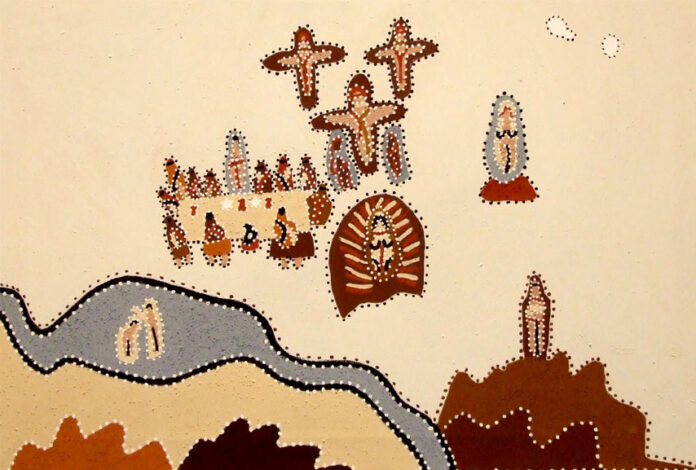Aboriginal art is considered the oldest art form in the world. It is a product of the indigenous Australians who created paintings reflecting each of their tribes. From rock art to dot paintings, the history of Aboriginal art dates back 60,000 years. The fascinating part about Aboriginal art is its connection with storytelling. Aboriginal artists were only permitted to draw and depict their own tribe, not other tribes. This has kept the authenticity of the Aboriginal paintings. When you buy Aboriginal art, you cannot help but marvel at the rich culture of the Aboriginal tribes. The Aboriginal artwork comprises dots, icons, and symbols that express the lifestyles of those tribes.
How is Aboriginal Art Connected to Storytelling?
Why is aboriginal art constantly associated with storytelling? The reason is that the artists can effortlessly connect with this art and find solace in it. It is their way of expressing their individual stories. Every piece of Aboriginal art speaks of specific stories, and their storytelling ability is noteworthy. Many pictures present the complete evolution of the Aboriginal culture as well.
One of the most striking features of every painting is that every artist has permission to only paint about their own tribe. The storytelling concept in every picture is generally managed by the family groups who take the responsibility of bequeathing it through the generations. The stories in the artwork often communicate diverse meanings depending on the person’s age, maturity, and cultural experience. While it may convey a particular meaning to young ones, it might offer a contrasting meaning to the older ones.
When visiting an Aboriginal art museum, people often feel they are walking into a library. This happens because every element in the image is so well-connected. It is hard to disassociate storytelling from this art form.
How are Symbols Correlated to Aboriginal Painting?
When you buy Aboriginal art, you will notice that it primarily presents those affairs concerning survival, historical events, and the daily lifestyle of the indigenous Australians. These paintings offer immense knowledge and understanding of the past lives of different tribes.
Each of the tribes expressed itself with the help of these unique symbols and icons. These symbols throw light on the history and events of their families. Both dots and symbols hold vast vitality in this artwork, and numerous symbols provide an integrated meaning across the tribes.
The colours used in these paintings were mostly collected from local materials with the help of ochre, or iron clay pigments, resulting in white, yellow, red, and more. During the desert art movement in 1971, the artist’s colour base consisted of these four colours. Gradually, there were additions of brighter colours when women artists also made an entry.
Where is Aboriginal Art Created?
Aboriginal art is a creation of diverse regions that regard these paintings as their way of communication. For them, these paintings are the origin of communications. Therefore, art lovers often identify the origin or tribe by looking at the paintings. Just like contemporary Aboriginal art had its inception in Papunya, dot painting is found chiefly across Western and Central Australia. Cross-hatching and X-ray designs are most common around Arnhem Land. Ochre paintings are also found around Arnhem Land and East Kimberly.
Aboriginal artwork is undoubtedly one of the finest genres of art around the world. Its prosperous history has become a riveting factor for many art lovers. A trip to Australia is certainly incomplete without visiting an Aboriginal art gallery.











